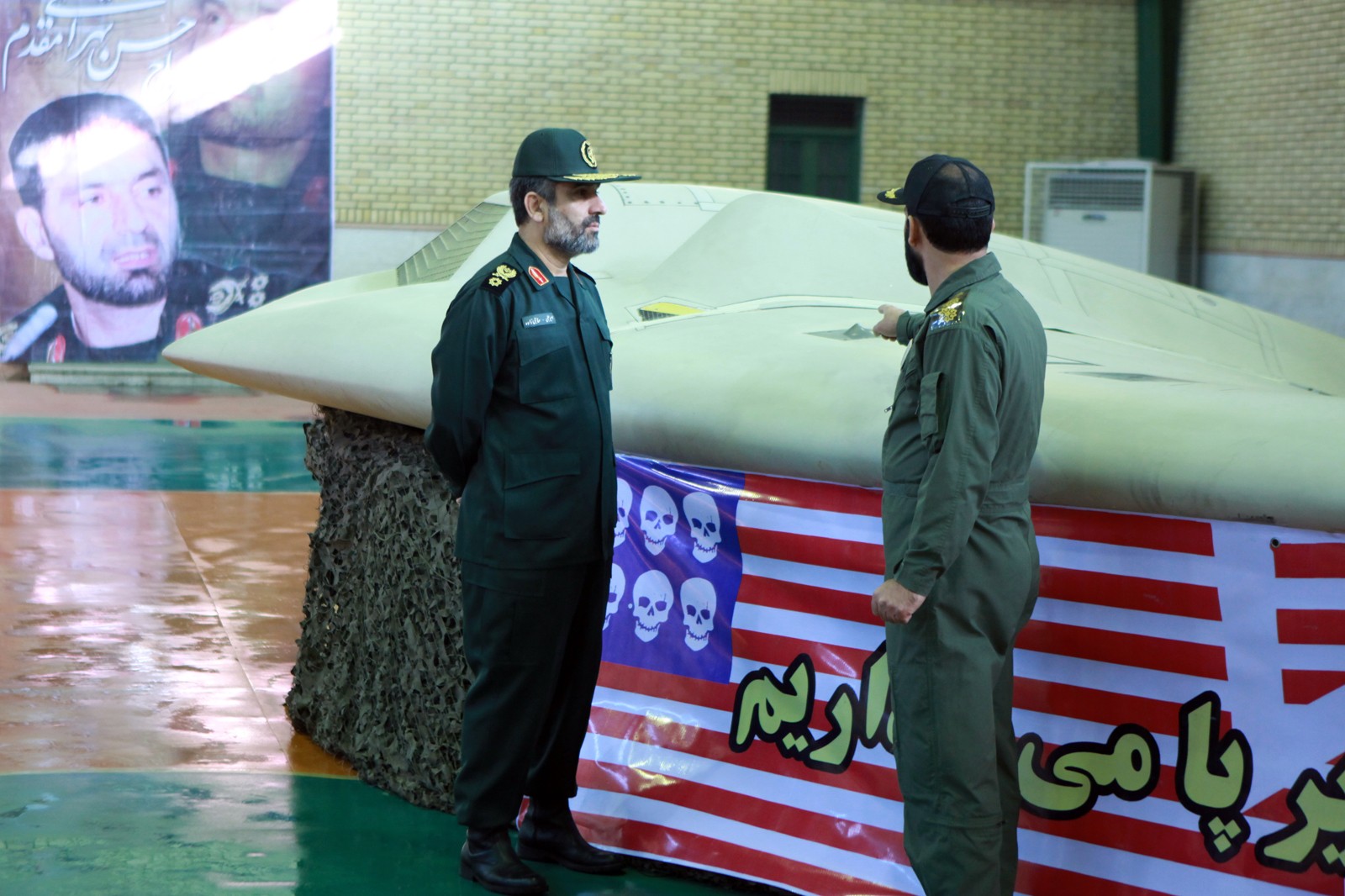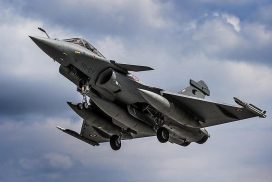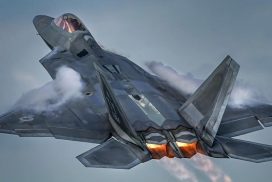As the “Downed” RQ-170 Sentinel saga continues, the solution to the mystery of its capture is still under much speculation. The Iranian government claims that the UAV was hacked by its electronic warfare unit but the US government claims that the UAV malfunctioned and crashed. Soon after Iran displayed the captured RQ-170 Sentinel on it’s national television, Iranian state run news agency IRNA it was clear that the Iranian Armed Forces had brought down a RQ-170 with little damage to it which leads to the possibility that it was hacked and guided to Iran by the Iranian Special Cyber Force.
The drone appears to be much different from the dark grey one which was applied to the one that were photographed years ago at Kandahar airbase. The Iranian captured wears a sort of desert color scheme. Small scratches appear on the left wing, as if the stealthy drone crash landed, without extracting the landing gear, or maybe because the undercarriage collapsed due to hard landing. Many military aviation experts believed that the drone displayed was real and considering the small amount of details previously known, Iran could be able to create a mock up in such a short time. Due to lack of burn marks, holes, or outward damage it is most likely the Iranians have electronically hack into the system.

Analyzing the pictures of this highly classified captured drone can reveal much more about it, than previously known. Previously from the low quality images of that exist aviation experts argue stealth to be moderate, the side views of the aircraft show the belly fairing which looks like it houses an electro-optical/infrared sensor at the front. Now some experts are also on the opinion that a side looking AESA (Airborne Electronically Scanned Array) radar could be housed behind it, in the belly supporting all-weather, high resolution radar-imaging by Synthetic Aperture Radar processing. There’s still a mystery of the over-wing fairing about what is hidden beneath.

From the high-resolution photo of the craft, damage on the right wing looks like it was seriously damaged or even separated from the fuselage. The bottom of the airframe is carefully hidden because the drone may be seriously damaged as a consequence of the crash landing because the type of damage would be coherent with only a belly landing, without an extended undercarriage. Ultimately this would prove that the drone was not remotely controlled by Iranian operators that have been able to disrupt the satellite link and guide it to a safe landing. But a completely uncontrolled landing would have had more evident effects on the airframe. It is also most likely the Iranians were able to hacked it electronically.
At last there may be an explanation for the mysterious capture of the U.S. stealth drone by Iran. In an exclusive interview to the Christian Science Monitor an Iranian engineer working to reverse engineer the RQ-170 Sentinel hacked while it was flying over the northeastern Iranian city of Kashmar, says they were able to exploit a known vulnerability of the GPS. In other words the Iranian electronic warfare specialist disrupted the satellite link of the stealth drone and then reconfigured the drone’s GPS setting the coordinates to make it land in Iran at what the Sentinel thought it was its home base in Afghanistan.




